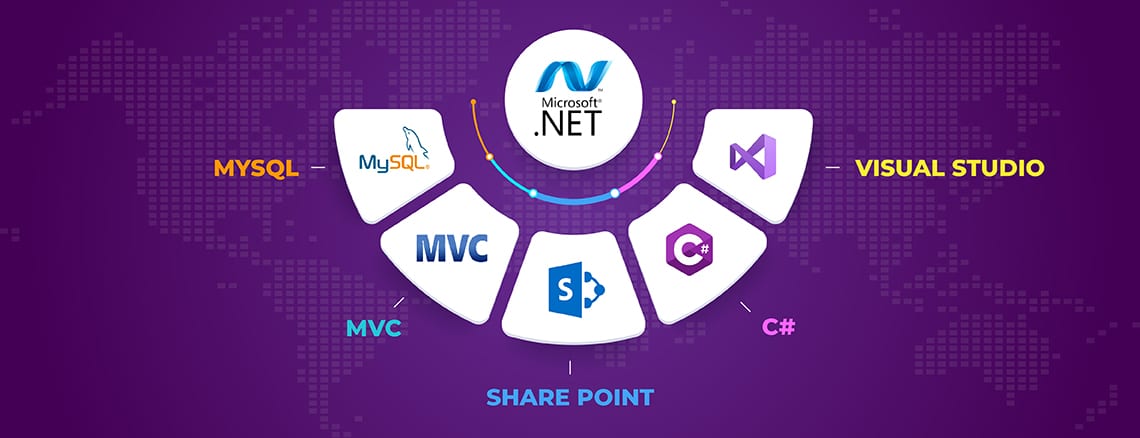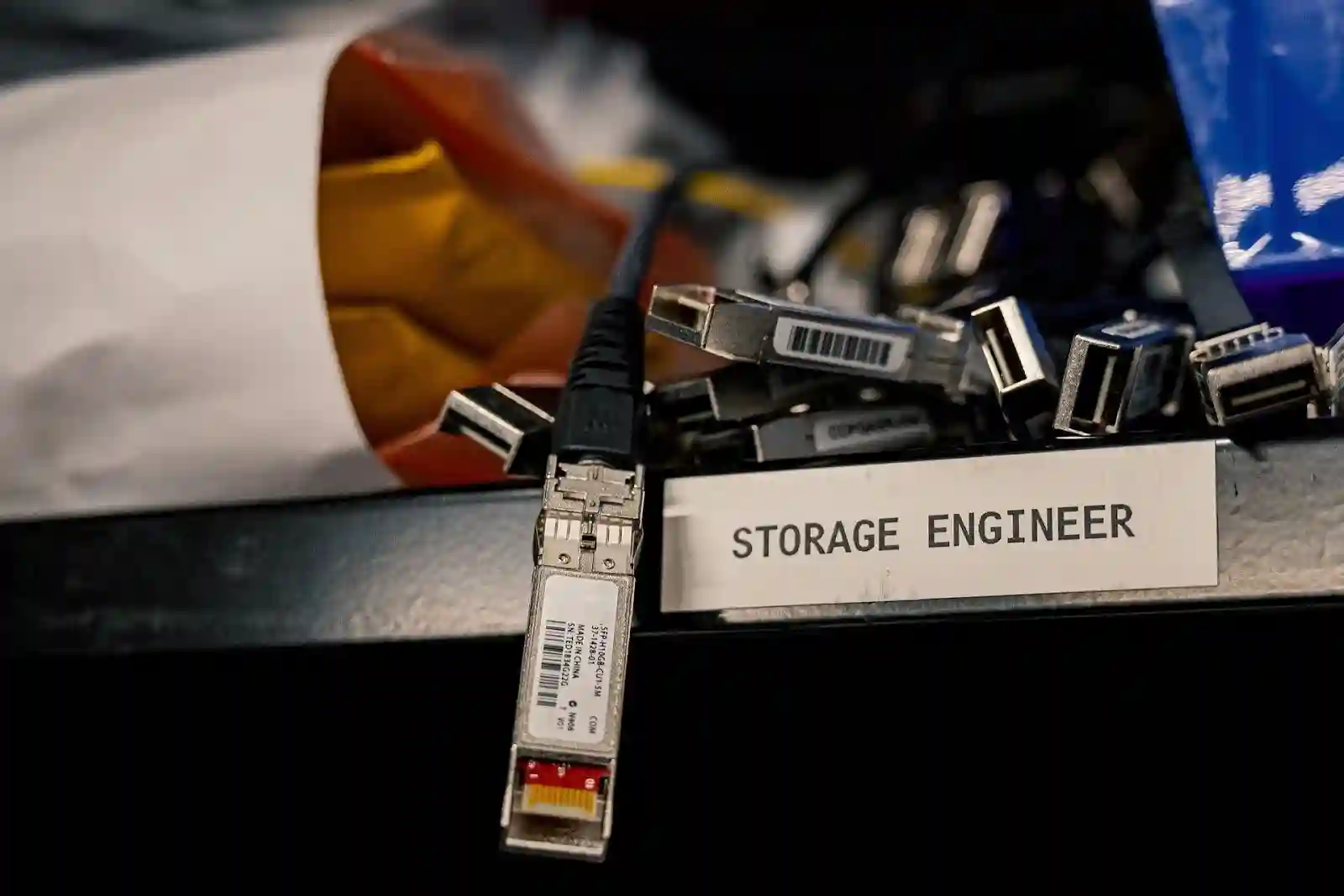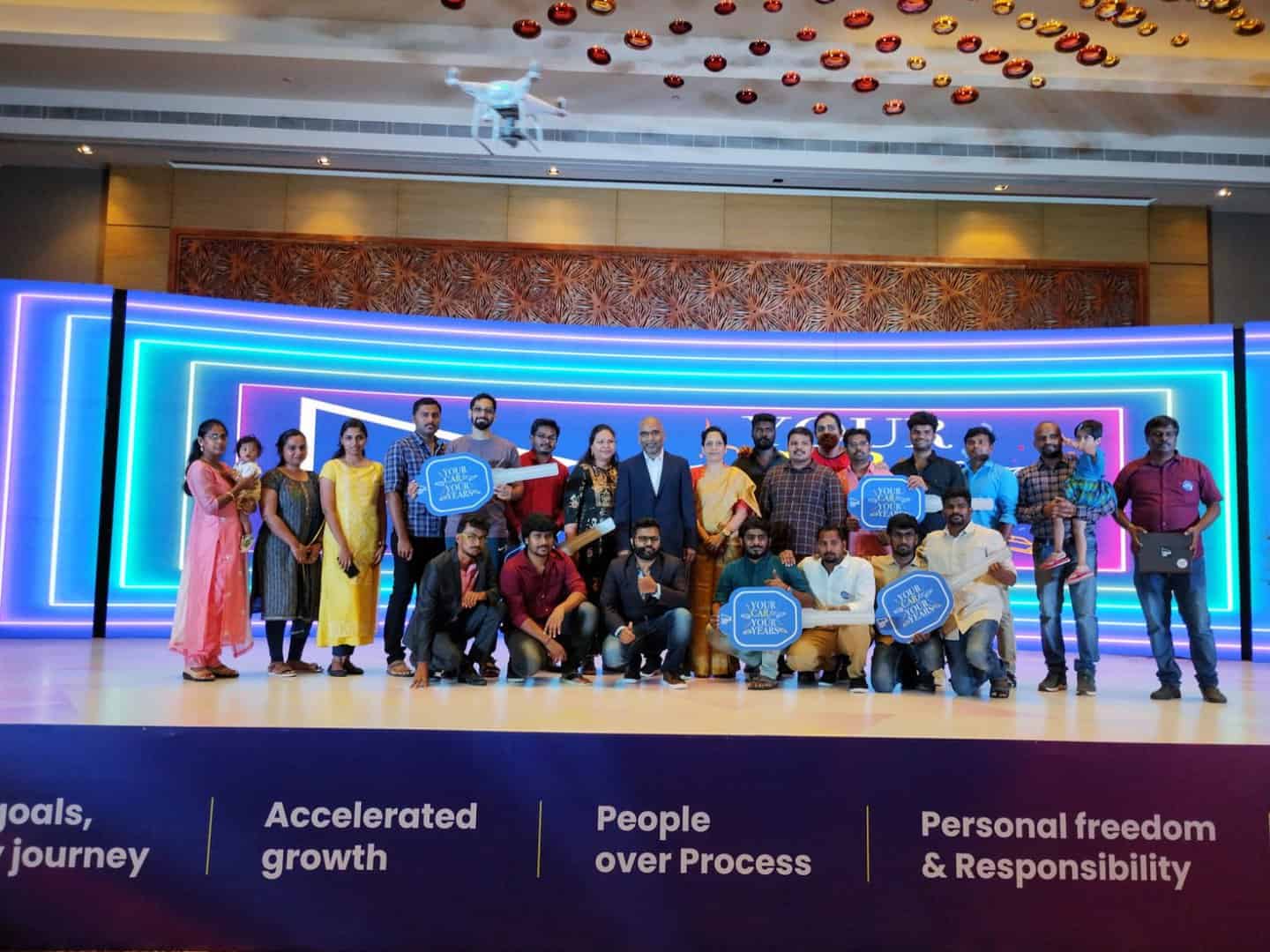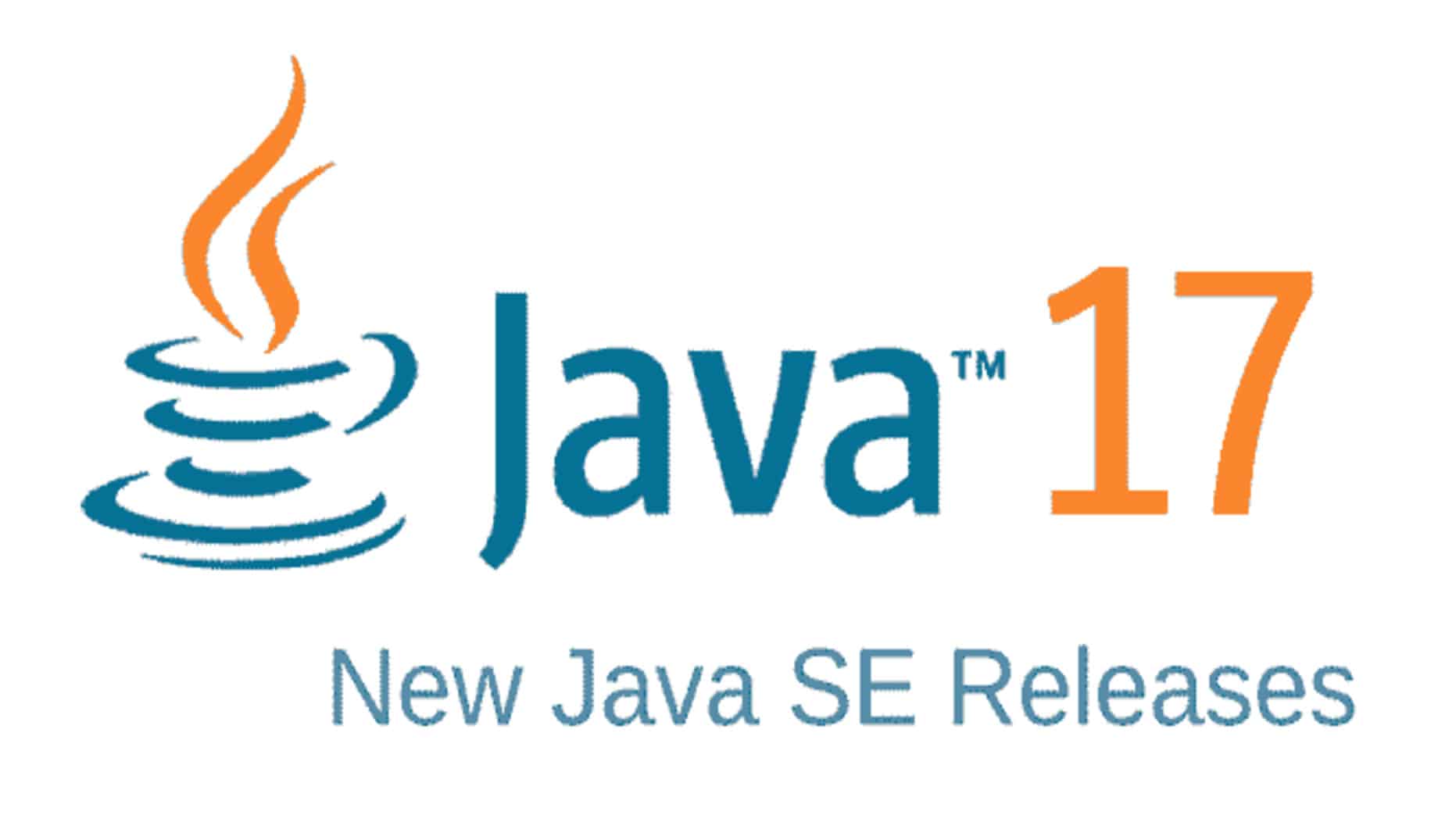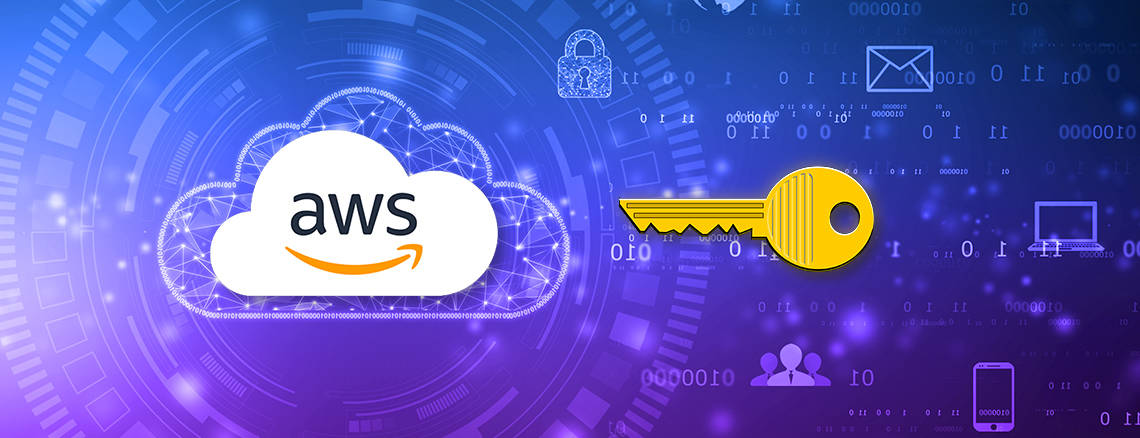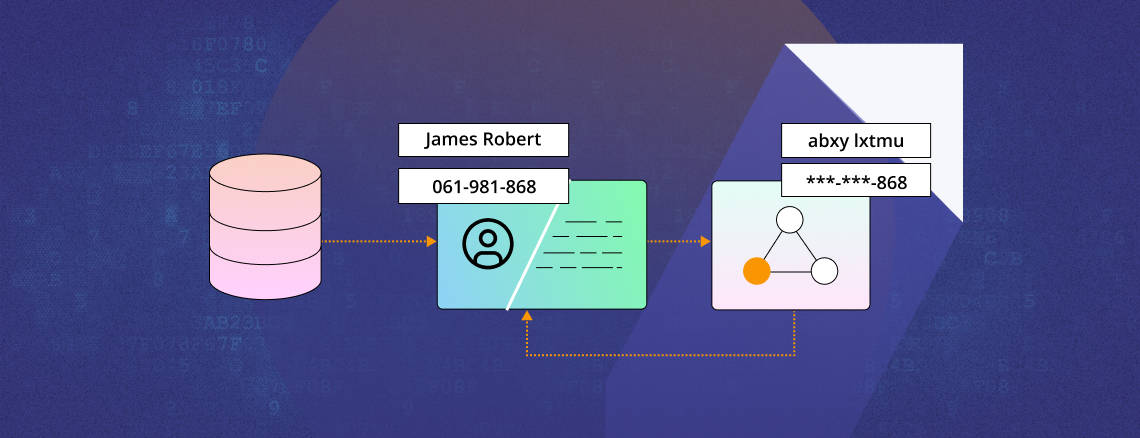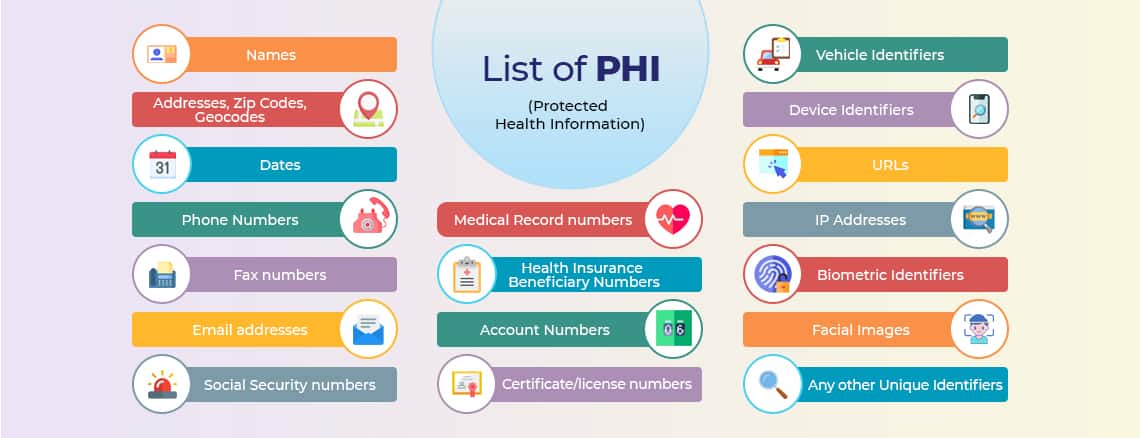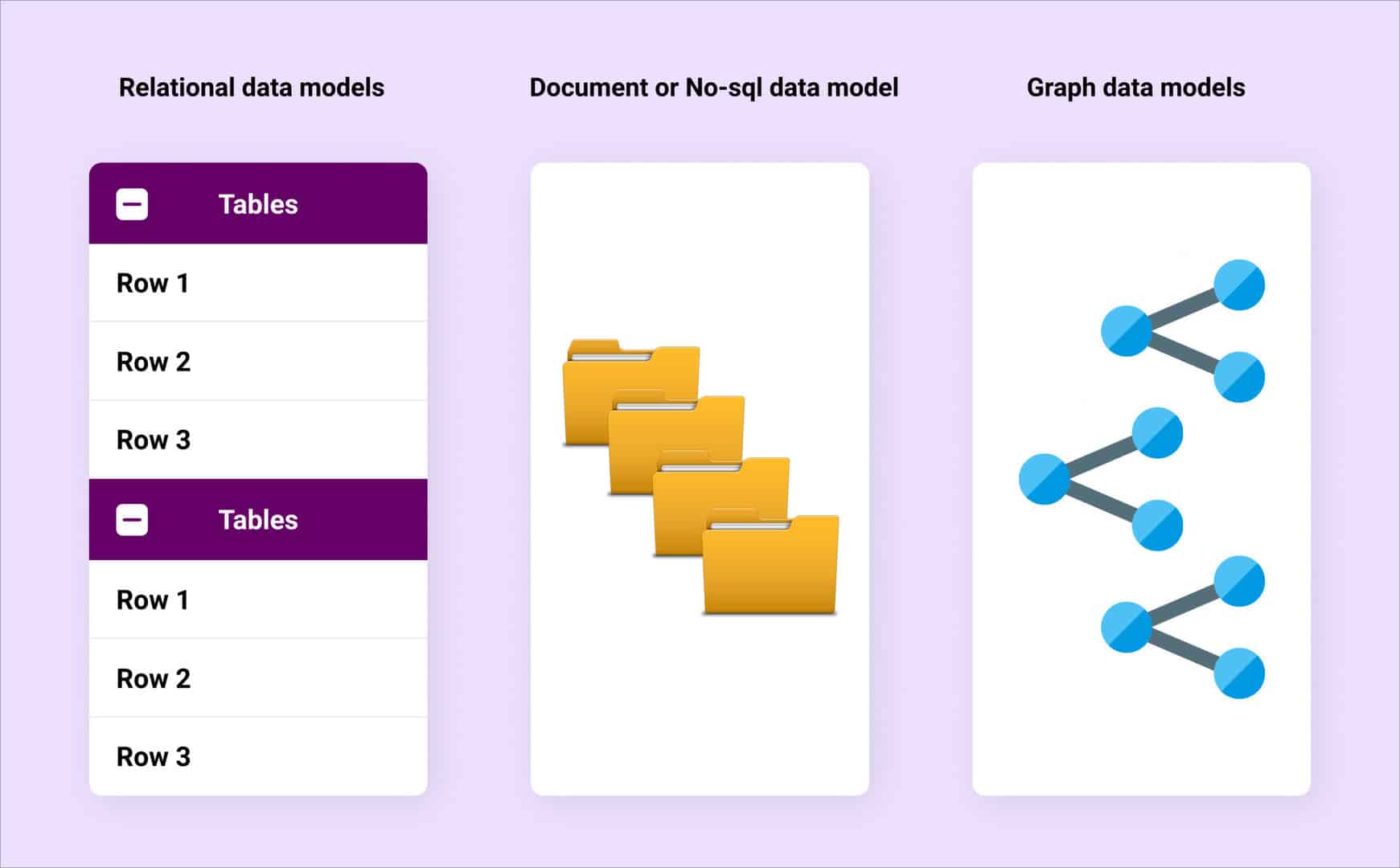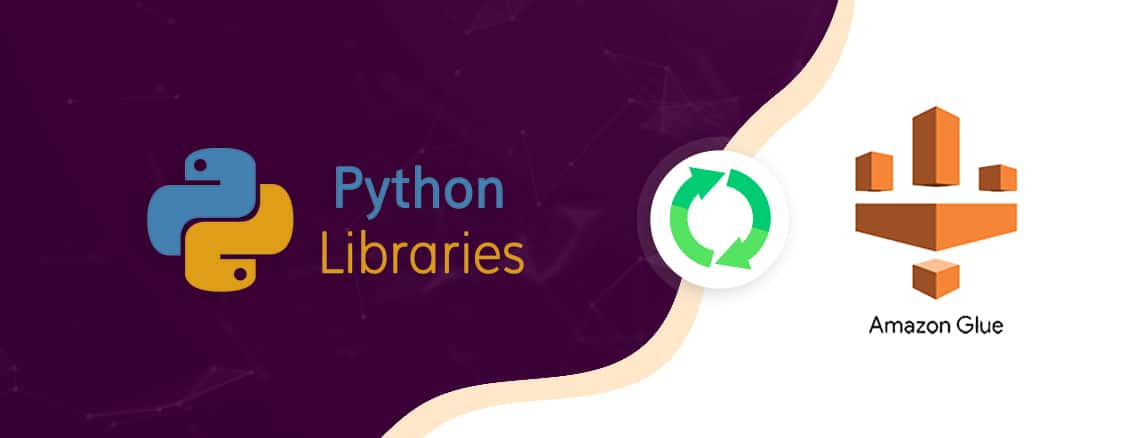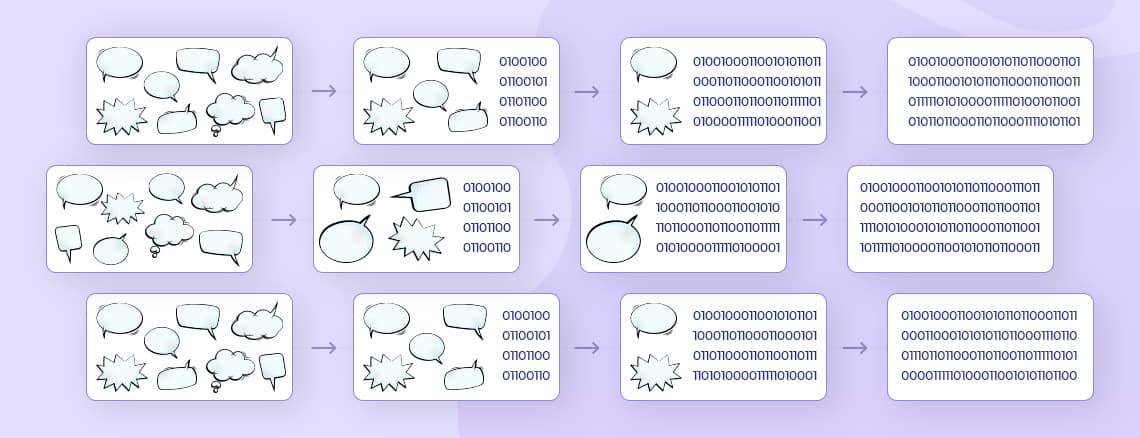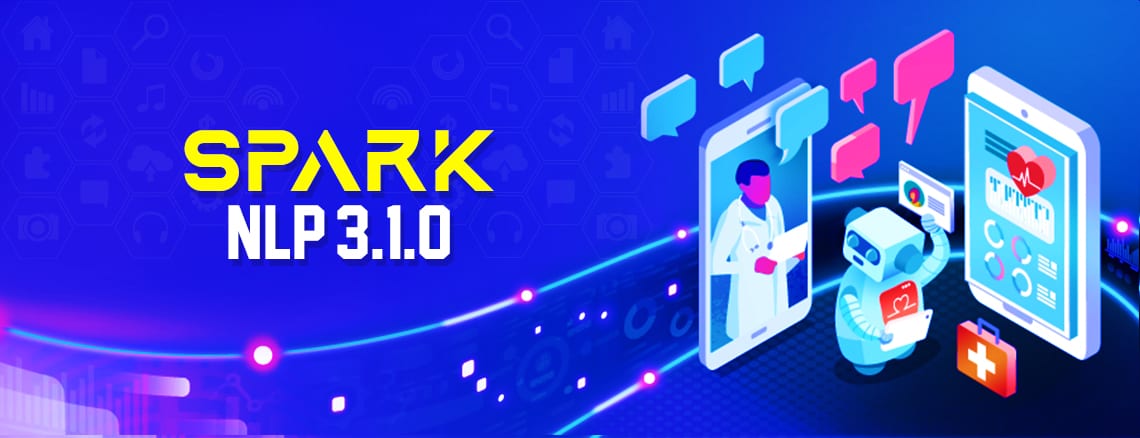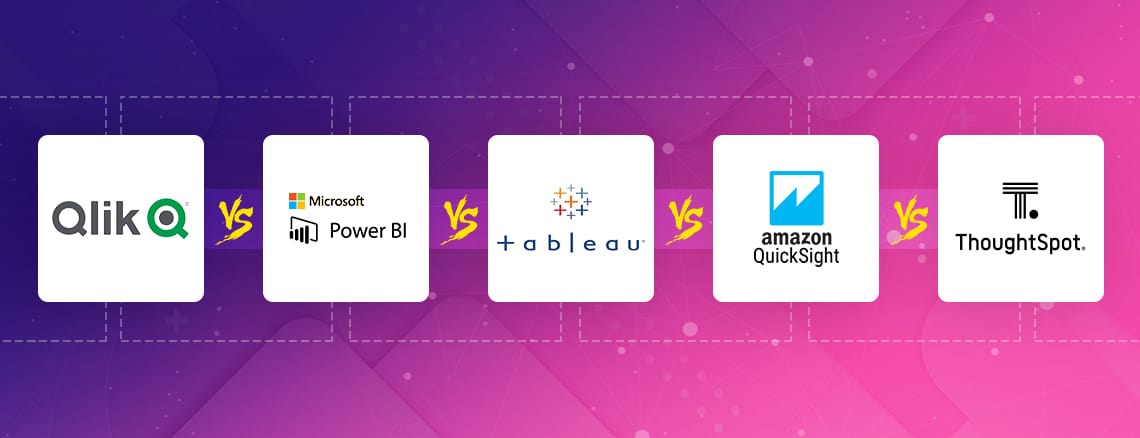The marketing industry is a fluid industry that needs to keep abreast with all new and upcoming technological changes and behavioral shifts amongst customers. In 2016, we saw the adoption of ad blocking in marketing. 2017 and 2018 has seen some integration of blockchain with marketing solutions.As mentioned in our previous articles, the use of blockchain is not limited to the domain of finance alone. It has seen varied applications from maintenance of birth and death certificates to manufacturing and logistics. Recently, blockchain has been used for activities such as registration of marriages and ethical fishing.The technology might not lead to major changes in the field of marketing immediately. However, in the coming future, we expect that there will be tiny changes that will slowly but steadily lead to the adoption of blockchain.If you are already aware of Blockchain and its applications, go right ahead. If you would like to understand what a blockchain is, please visit the following articles.
The world of Digital Marketing
A middleman has become an integral part of the process of digital marketing. Due to the middlemen grabbing a share of the advertising costs, companies that participate in digital advertising are getting benefits for only a share of the total amount spent. Blockchain can create much better value for ad campaigns.In finance, cutting out the middleman includes removing the middle agent such as banking institutes which are used for transferring and storing your money. In the case of digital marketing, this middlemen is an agent like google or facebook which ensures the reliability and dependability of the amount spent through ad campaign.Instead of communicating directly with site owners when you want to publish an advertisement on their website, blockchain can help you connect through an application with site owners. It can also easily prove that the users and their click through data is real, which ensures that the website owners and the advertisers do not need a middleman like google to mediate the transaction and validate the agreement.All of the above boils down to an increase in your profit margin.
Building Trust with transparency and increasing Public Accountability
One of the problems which many large companies face is trust issue. People doubt the reliability of many things such as the source of food, the validity of their transactions, etc. Even in case of advertising, one cannot trust the stats provided by intermediaries. For e.g. when viewing your instagram followers, are you counting true customers or are you counting bots that are artificially bumping up ad stats so that their distributors can charge higher rates. Research shows that bots cause damage of $7 billion in 2016 alone.Marketing has to ensure that the end consumers trust their products and buy it with confidence. The best and easiest way to gain this confidence is through transparency. Walmart recently paired with IBM to make their supply chain more transparent using blockchain. They traced the source of their pork starting right from its source in China. This increased the confidence of the customers in their brand and company.Blockchain can also ensure that the company has some Corporate Social Responsibility (CSR). This can be done by creating digitized contracts wherein these promises are made public and the company is held accountable for its statements.
Consumer Identity
The way of the future is to balance user identity with advertising. Many services currently offer users full control of their identities such as Keybase, Metamask, etc. Such applications provide users the access to control their data over internet: such as chatting, file sharing, publishing public documents, etc.This means that marketers will need to obtain a customer’s permission to obtain their data in a way that is different from what is currently occuring. Though it is a different way of doing things, it will ensure that marketing department has access to their customers’ profiles in a unified manner. Currently, they have access to their customers’ profile in bits and pieces from various sources such as Google, Facebook, etc. Hence, marketers might have to start paying their customers for providing them access to their profile. Hence when brands contact customers for subscribing or for information regarding their weekly newsletters, the customer can respond with the price that they will need to pay for providing that information.
Branding
Just as adopting a new payment gateway increases the comfort of your customers and also portrays how forward thinking your company is, using blockchain can also help you from a branding point of view. It would help you portray your company as one that embraces emerging technology even if they are edgy and innovative, something that might even inspire other brands to imitate.A PR strategy like this could land you smack dab in the middle of all conversations and could create an intrigue around your company’s image.
Real and potential use cases of Blockchain for marketing
Some of the other marketing examples along with their use cases that are already using Blockchain are listed below:Removing Middlemen:Brave Browser is the next progressive stage in ad-blocking software since it can block trackers and intrusive advertisements. It is also a faster browser and can even show you only those ads that respect your privacy.This software has introduced Basic Attention Token (BAT), which aims to bring publishers and advertisers together on a single platform without the use of a middleman. Excluding the middleman implies higher profit. Some studies have shown that removing middlemen can increase your CPM from $1 to $5.Additionally according to some statistics, consumers spend as much as $23 per month to view advertisements which boils down to the question why must the consumers pay to view the advertisements when it is the advertisers who should be paying them.Brave browser can track which websites are of interest to consumers. Publishers need to pay when their advertisements are viewed and the users get paid when they choose to view the advertisement. The users can then choose to donate a part of the amount received to the publishers they support. Note that all of this is done using blockchain which makes it private and reliable.Companies can make the audience interested in their advertisement using “microcurrencies”. They will be able to compete for actual audience’s attention and not just imprints. Companies will also be able to prove that they have gotten attention before the currency is exchanged.Reducing Ad Fraud:Another platform called Adchain uses its native token to create an advertising space where marketers can audit the users who view their campaigns. One of the solutions that Adchain provides is an Adchain registry, which has a smart contract on Ethereum blockchain which stores domain names accredited as non- fraudulent by token holders. Token holders will vote through a user interface on whether a domain is fraudulent or not. The impression data is stored on Ethereum forever.Belief and Backstory:Blockchain is not only useful for the purpose of advertising but has also intruded its way into the field of marketing. Recently, a fashion brand called Babyghost worked with a a blockchain platform called Vechain to develop an amalgamation between digital and fashion world. Vechain is a service that can be used to confirm whether every item is authentic or not. Every babyghost item in the store could be scanned by customers to see whether it is genuine or not. Additionally, they could also see the story of where the product came from, which celebrity modeled this dress to give each item a ‘one of a kind’ feel.Similarly, De Beers is investing in a blockchain platform to boost transparency across diamond supply chain and remove fake diamonds from the market.Influencers:With the rise of social media, influencers and branding has become an unignorable part of today’s life. However, regulators in financial and alcohol services increasingly require brands and influencers to clearly disclose their relationship when endorsing products on social media. A smart contract on blockchain might allow a level of tracking and transparency that is not currently available.Data protection and regulatory compliance:With regulations like GDPR coming into effect across multiple markets, marketers can leverage blockchain technology to store large volumes of customer data securely. Since this data would be encrypted and decentralized, it makes blockchain an attractive alternative to traditional methods of storing data.This would also imply that the company’s agency or vendors have access to only their specified clients’ data with proper rights.Email delivery:Blockchain can be used to validate email delivery and track exchanges of messages between marketers and their target audiences. It can be used to confirm whether email is truly being sent from one advertiser to another or not.Advanced advertisement:A new technology by Comcast’s advanced advertising group is aiming at purchasing advertisements from both broadcast and OTT TV using blockchain technology. The group has used Disney, Altice USA, UK’s channel 4, and TG1 group to allow marketers, publishers, and programmers to share data without collecting it at one place. For e.g. using this method a marketer can use data from content producers like Amazon to target its ad buys without ever receiving the actual data itself.Publisher Whitelisting:MetaX runs on adchain registry in collaboration with ConsenSys and SMA using an ad token to incentivize whether a publisher can be whitelisted or not. Brands can then decide which publisher to spend the money on.In short, there are endless uses of Blockchain in the field of Marketing for marketers who are innovative enough to jump onboard. A mass adoption of this may take a few years but having a strategy in place and taking the right steps now will surely help you remain ahead of the curve.































.png)


.png)


.webp)




